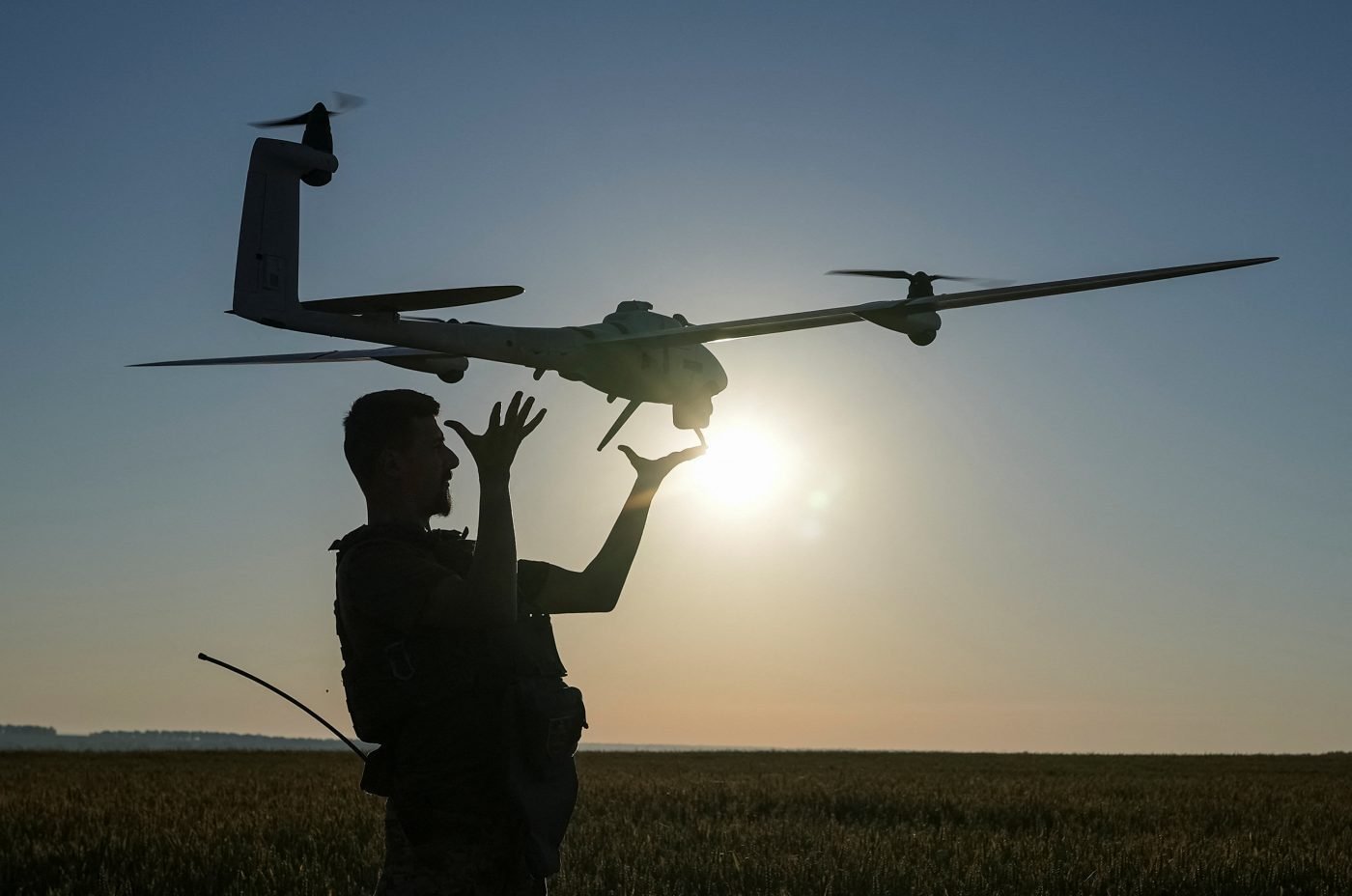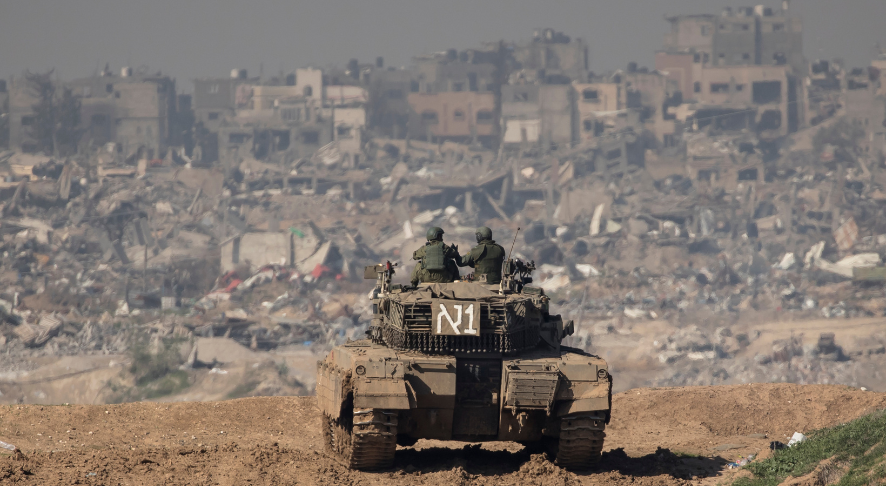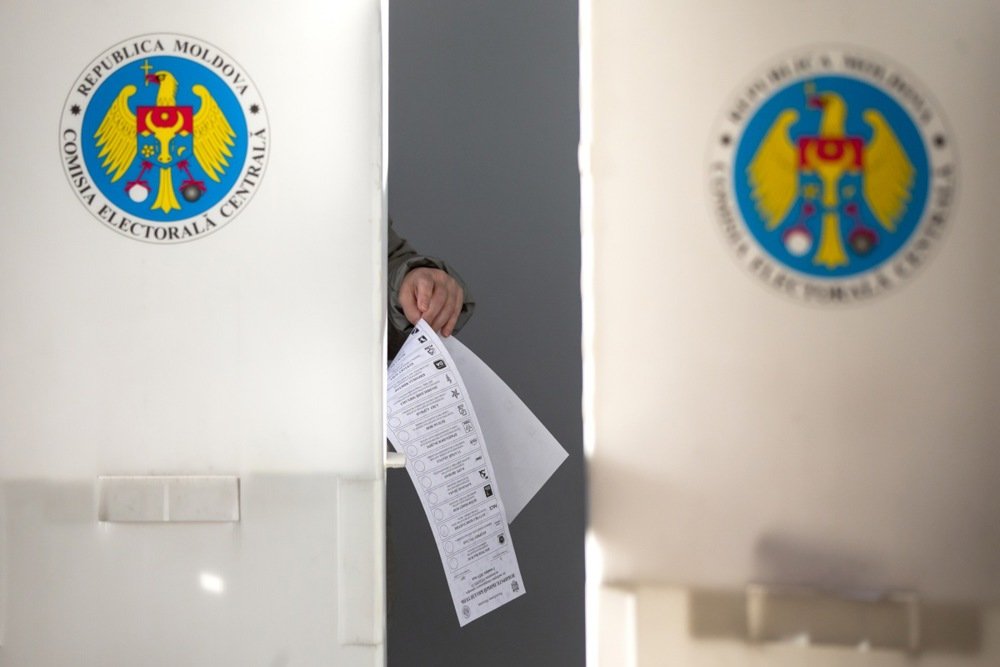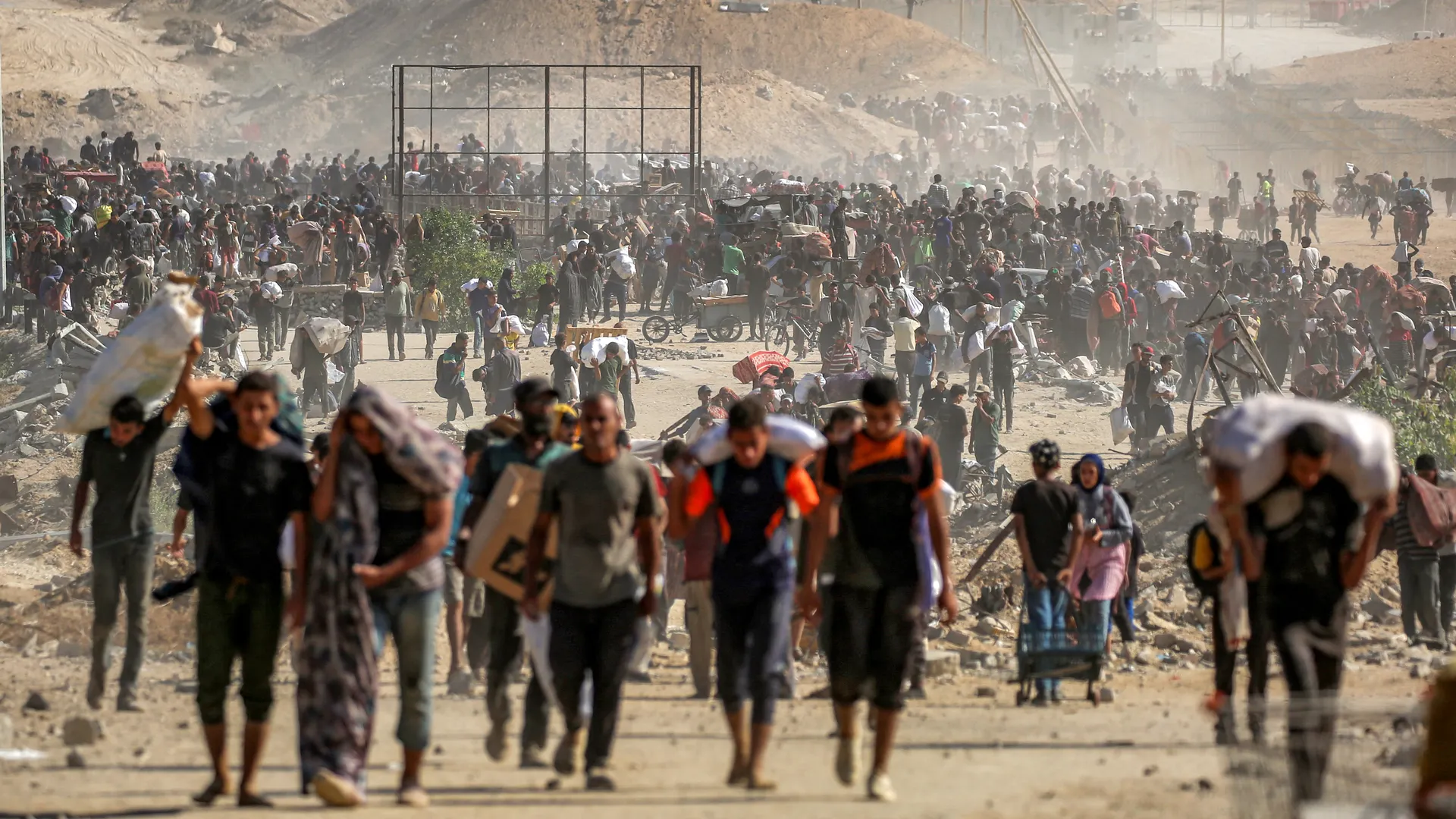By David Kirichenko
Ever since the onset of Russian aggression against Ukraine eleven years ago, military training has been a core element of Western support for the Ukrainian Armed Forces. As Moscow’s invasion has escalated into the largest European war since World War II, the relationship between Ukraine and the country’s partners has become much more of a two-way street. While Ukrainian troops continue to train with Western instructors, it is now increasingly apparent that NATO also has a lot to learn from Ukraine.
The Ukrainian military has evolved dramatically during the past three years of full-scale war against Russia to become the largest and most effective fighting force in Europe. Innovation has played a key role in this process, with Ukraine relying on the country’s vibrant tech sector and traditionally strong defense industry to counter Russia’s overwhelming advantages in terms of both manpower and firepower. This has resulted in an army capable of developing and implementing the latest military technologies at speeds that are unmatched by any Western countries with their far more bureaucratic procurement cycles.
Ukraine’s innovative approach to defense is most immediately obvious in the country’s ability to produce and deploy a wide variety of drones. Since the start of Russia’s full-scale invasion in February 2022, the experience of the Ukrainian army has underlined the growing dominance of drones on the modern battlefield, and has redefined our understanding of drone warfare in ways that will shape military doctrines around the world for many years to come.
Ukrainian drone innovations are also transforming naval warfare. During the first two years of the war, Ukraine used marine drones to target Russia’s Black Sea Fleet, sinking or damaging multiple warships and forcing the remainder to retreat from Russian-occupied Crimea. This remarkable success made it possible to lift the naval blockade on Ukrainian ports and reopen commercial maritime routes, providing Kyiv with a vital economic lifeline.
More recently, Ukraine has begun using naval drones as launch platforms for missiles and smaller unmanned systems. The results have been spectacular. In January 2025, missile-armed Ukrainian naval drones reportedly destroyed several Russian helicopters over the Black Sea. In another world first, Ukrainian officials announced in early May that they had shot down two Russian fighter jets using marine drones equipped with anti-aircraft missile systems.
Ukrainian military planners are now working on a range of unmanned ground systems as they look to take drone warfare to the next level. With support from the country’s government-backed defense tech cluster Brave1, work is underway to develop dozens of robotic models capable of performing a variety of combat and logistical tasks. In December 2024, Ukrainian forces claimed to have made history by conducting the world’s first fully unmanned assault on Russian positions using ground-based robotic systems and FPV drones.
Speaking in April 2025, Ukraine’s former commander in chief Valeriy Zaluzhniy underlined how his country’s use of new technologies was transforming the battlefield. “The Russian-Ukrainian War has completely changed the nature of warfare,” he commented. Zaluzhniy predicted that the wars of the future would be won by countries that focus their resources on the development of drones, electronic warfare, and artificial intelligence. “It is obvious that victory on the battlefield now depends entirely on the ability to outpace the enemy in technological development,” he noted.
Western leaders and military commanders are clearly taking note of the remarkable progress made by the Ukrainian Armed Forces since 2022. Many are now incorporating Ukraine’s unique battlefield experience into their own programs, while NATO members including Britain and Denmark are reportedly already receiving training in drone warfare from Ukrainian military instructors. This is likely to be just the beginning, as more countries seek to benefit from Ukrainian expertise.
For drone operators, getting into position to launch and guide the aircraft is itself a dangerous task. “The enemy constantly has drones in the air, so vehicles can be spotted and destroyed,” says Yevhen, a drone pilot. “Supplies are dropped some distance from our positions, and then we walk 5–7 km depending on the situation. Sometimes we carry equipment or food; sometimes we go light.”
“Ground robotic systems can deliver supplies directly, but there aren’t enough of them yet. If we had more, life and work would be much easier — not only for drone teams but for infantry too. It saves lives.”

On the screen during a strike, AI markers and automatic target cues can accelerate crew decisions, especially when human operators are working with degraded links.
“These are not just drones but platforms built on AI and advanced communications technology,” Volkov says. “They could also be adapted for fixed-wing aircraft or ground robots.”
Volkov cautions, however, that AI-assisted targeting often fails in cluttered environments. Trees can confuse algorithms, and puddles reflecting metallic glints are sometimes misidentified as vehicles, meaning human operators have to double-check automatic target locks.
While commanders and operators wait for AI-enabled systems to be refined, it is simpler fiber-optic drones that continue to dominate the battlefield, as they have since late last year.
And it is still very hard to eliminate fortified enemy artillery positions. Crews camouflage guns with netting, branches, and logs, and barrels are often lowered and buried when not firing, Volkov says, which is why targeting the logistics chain is often more effective.
The shift from improvised to institutionalized drone warfare has been dramatic. Volkov recalls missions in early 2022 using made-for-consumer Mavic drones and a handful of spare batteries. Footage was recorded to memory cards and then ferried, sometimes by hand, to a computer for analysis.
Today, Starlink terminals stream and decrypt live video in real time, and a single position can host six to eight drones with 40–50 spare batteries and operate at ranges of 10–14 km.
The operational effect is stark. Two years ago, drones accounted for roughly 10% of strikes; now Volkov estimates drones conduct about 70% of strikes, and artillery has fallen to roughly 10–15%. Drones are cheaper, more precise, and less dependent on scarce artillery munitions – a decisive factor in a logistics-starved war of attrition.
But while the boom in Ukrainian volunteer and commercial drone production has driven innovation, it has a downside, which is fragmentation and “slow consolidation,” Volkov says.

He wants clearer standards, better integration and faster decision-making so manufacturers produce interoperable systems the army can use now, not months later. His priority is cheaper, modular drones that are easy to train on and quick to replace, backed by standardized manufacturing, training pipelines, and field-swappable hardware.
He also warns against overstating Ukraine’s technological lead, and emphasizes that Russia is innovating too, as ideas and countermeasures propagate rapidly. “I don’t see a decisive technological gap; there’s rough parity,” he says.
Ukraine’s edge lies in managerial speed and willingness to iterate quickly, he says, while Russia’s lies in quantity and scale. That dynamic means any advantage is likely to be short-lived unless it is rapidly institutionalized and scaled.
David Kirichenko is a freelance journalist and an Associate Research Fellow at the Henry Jackson Society. He can be found on X/Twitter @DVKirichenko.
Europe’s Edge is CEPA’s online journal covering critical topics on the foreign policy docket across Europe and North America. All opinions expressed on Europe’s Edge are those of the author alone and may not represent those of the institutions they represent or the Center for European Policy Analysis. CEPA maintains a strict intellectual independence policy across all its projects and publications.






